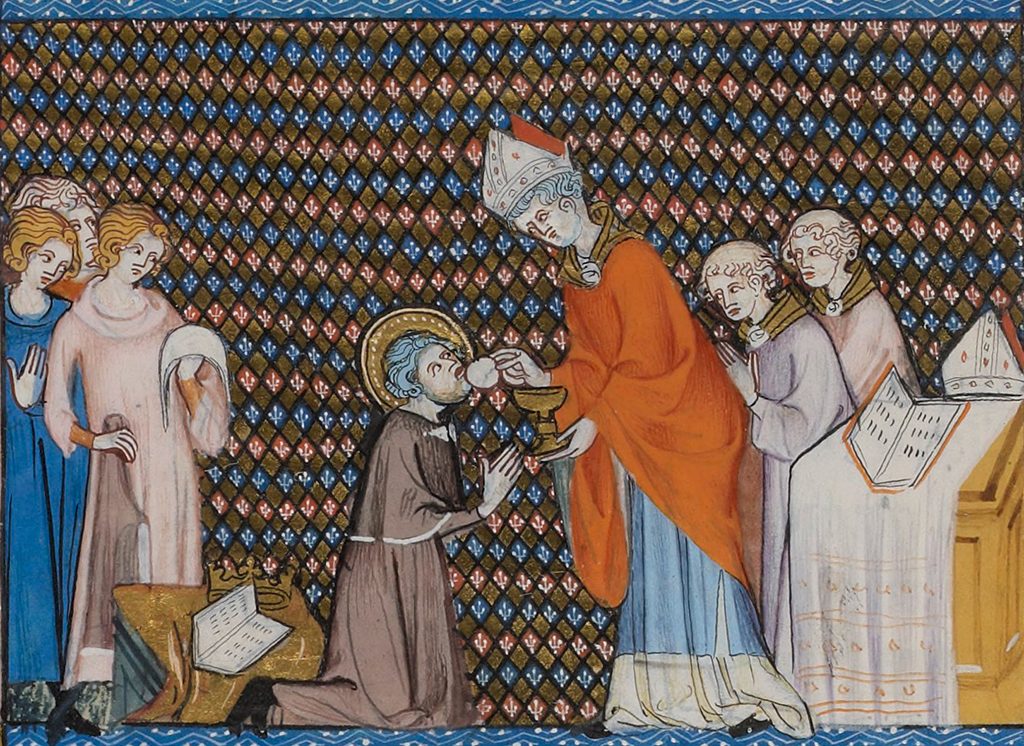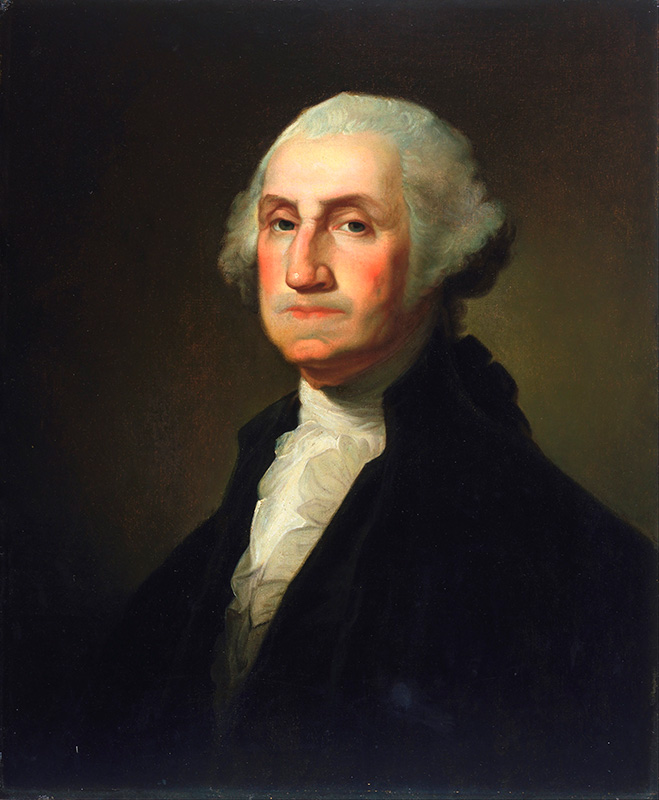Milk or heavy cream, eggs, sugar, spices, and something a little bit stronger. The combination of ingredients is well-known all over the world. In the Czech Republic, we call it vaječný likér, vaječný koňak, ajrkoňak, vaječňák. The rest of the world calls it eggnog, rompope, or koquito.
A delicious liqueur with a typical viscosity can bring you many memories. It’s an echo of our childhood when we secretly sipped it at grandmother’s home and we felt just like adults. Or it could be a memory of a festive atmosphere because eggnog is a traditional addition to a Christmas or Easter menu. The drink that is widely used by pastry chefs also has a rich history.
Was it Louis IX of France who first drank eggnog?
Whoever thinks that eggnog was invented by our grandmothers is far away from the truth. Its origin dates back to the early Middle Ages and there are many legends about it. The main character of these stories is the king Louis IX of France (1214–1270) known as Saint Louis. One legend says the author of the beverage is Louis himself. He suffered from insomnia and during one of his sleepless nights he created a beverage called lait de poule (chicken milk), when he experimented in the castle kitchen. The beverage was very close to today’s eggnog. But another legend claims that Louis refused to drink that drink on his deathbed. His explanation was simple; he didn’t want to break his fast. Even though these stories about king’s eggnog are attractive, we must state that eggnog’s origin is uncertain. It was more likely originated somewhere on a farmhouse in eastern England. Since the Middle Ages, people liked to drink a beverage with eggs and hot milk because they thought the drink has regenerative effects. In historical sources from the 13th century, you can find a mention about monks who liked to drink coffee with eggs and figs. It was common in England to add eggs into hot milk with wine or beer and seasoned it with spices. This beverage was called posset. It was traditionally served in a special two-handed pot and it was widely popular among the aristocracy because of its expensive ingredients (milk, eggs, sherry), only the rich people could afford it.

William of Saint-Pathus, The Life and Wonders of Saint Louis – Communion of Louis IX of France, 14th century (approximately 1330-1340), French National Library.
Eggnog – one of the symbols of Christmas in the USA
Only one step to classic eggnog (originally egg’n’grog, egg and grog) as we know it. It’s a classic egg liqueur made from milk, cream, sugar, whipped eggs, egg yolks, and alcohol – brandy, rum, whisky, or bourbon. Eggnog was exported across the Atlantic during the 18th century by Englishmen and it quickly gained a huge popularity. It was very popular among American high society. Even the first president the United States George Washington (1731-1799) wrote his own famous recipe. Eggnog is important part of the Christmas season in the United States, Canada, and Australia.
Americans love eggnog so much and this admiration can be seen in the infamous Eggnog Riot which took place at the United States Military Academy in West Point, New York in 1826. Before Christmas Eve, Sylvanus Thayer took command at the academy and banned drinking, buying, and storing alcohol within the area. But many cadets didn’t obey his command and smuggled alcohol from nearby pubs. The result of late-night party was dramatic. Drunken cadets attacked officers and there was a huge fight that ended in destroying a part of barracks. The outcome was that nineteen cadets were expelled and it was the most numerous exclusion of the history of the academy.
EGGNOG AROUND THE WORLD
Jamaica – Koquito Rum and fresh coconut juice or (coconut milk) is used in this recipe.
Mexico – Rompope They use mexican cinnamon and sugar cane.
France – Lait de poule.
Peru – Biblia con pisco Pisco is a Peruvian brandy and they use it in the recipe.
Germany – Eierpunsch The version with white wine and eggs, sugar, clove, tea, lemon (or lime) juice and cinnamon.
Holland – Advocaat A cream beverage with a pudding-like thickness. It’s named after lawyers because they have to talk a lot and eggs have beneficial effect of vocal cords.
Colombia – The Sabajón Dessert or a drink made from egg yolks, sugar and sweet wine (e.g. Marsala).
Homemade or store-bought eggnog? Moravský Vaječný Tradiční is as good as grandmother used to make
Eggnog has a rich tradition even in the Czech Republic. Due to simplicity of a preparation and limited possibilities during communist era in our country, people prepared eggnog at home for many generations. After 1989, the commercial product range has expanded but eggnog is a beverage that is still created according to inherited family recipes. You can find various recipes that claim they’re ‘the best’, ‘the most simple’ or ‘100% homemade’.
Homemade eggnog hardly achieves the quality of a professionally produced beverage because of lack of experience, professional education, and equipment. The evidence is Moravský Vaječný Tradiční by Metelka. Milan Metelka really knows how to do it right as it has been proved by satisfied customers. The other great evidence is the victory of Metelka’s beverage in the rigorous test of the Česká Televize’s TV show Černé Ovce where Moravský Vaječný Tradiční beat other nine competitive products.
Milan Metelka emphasizes that the final recipe of his eggnog took hours and hours to complete. “I made the recipe based on profound research of many family recipes and their transfer to a professional production. I wanted people to go back to their childhood memories to say, ‘Yeah, that’s the taste I remember when I tried grandmother’s eggnog for the first time.’ And I got such feeling from our Moravský Vaječný Tradiční,” pointed out Milan Metelka.
His beverage with its characteristic label with a colourful folk heart design always catches your eye among the other similar products. Its quality distinguishes it from homemade eggnogs. “Homemade eggnogs aren’t heated but we heat it over 50°C and then all the flavours perfectly combine together. All of our liqueurs are made that way. According to my experience, this process combines all the flavour together and they are more aromatic. But it’s a hard work to make really delicious eggnog. There are many ingredients and aromatic substances,” he said.
Metelka’s Moravský Vajenčý Tradiční is based on a traditional homemade recipe with real eggs and ‘tuzemák’ (a traditional Czech distilled beverage). Tuzemák was always used in people’s recipe thanks to its unmistakable aroma and original flavour. And it was cheap and easy to get, of course. Sometimes, an extract of real vanilla pod adds a unique flavour to some recipes and Milan Metelka remembered this particular feature. He adds a natural extract from Bourbon vanilla pods originated in Réunion (an island in the Indian Ocean). But the most notable feature that distinguishes Moravský Vaječný Tradiční from other similar products is the fact it contains 120 grams of egg yolks per litre. You just have to taste it.



